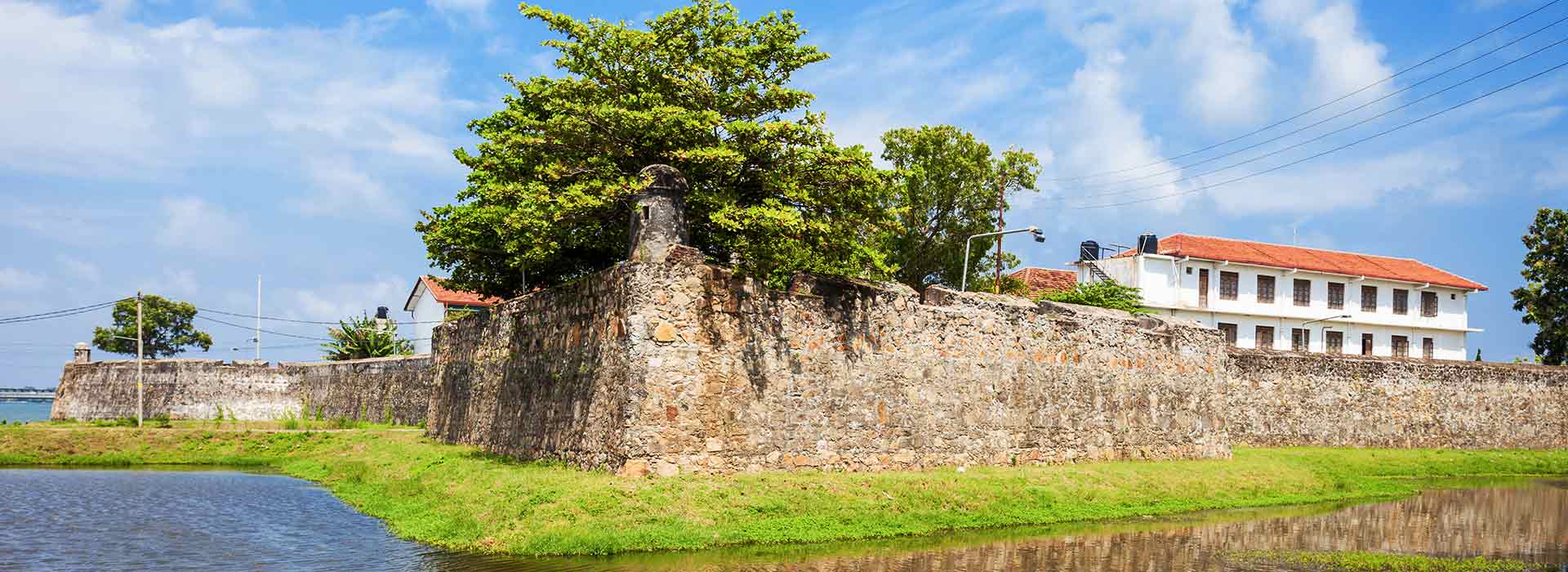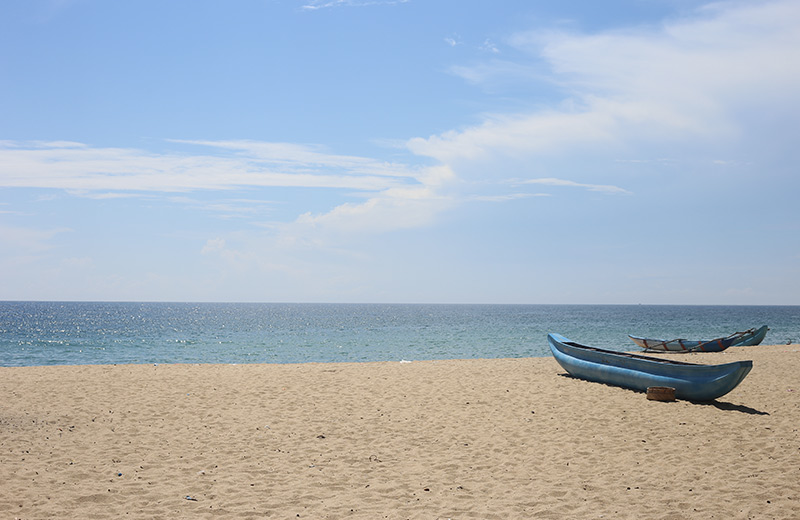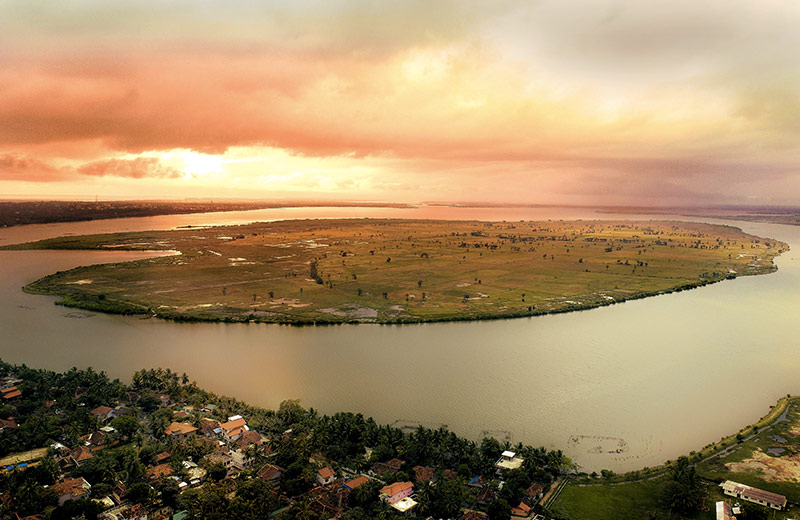Batticaloa Fort
History and Significance of the Fort
Built in the year 1628 by the Portuguese, the Batticaloa Fort is one of the few remaining strongholds of what once was the result of rapid European expansionism that took place during the 17th century. Located on the island of Puliyanthivu, the Batticaloa Fort has switched hands between several colonial powers, namely from the Portuguese to the Dutch in the year 1638, and from the Dutch to the British in the year 1745. It was used as an important administrative complex during the British colonial era, and still houses many functional government buildings. Intriguingly, the Batticaloa Fort was destroyed at one point, after it was captured by the Dutch, as it was initially deemed unnecessary. The Dutch realising its importance decided to rebuild the fort in 1665, and included some new additions, such as fortified bastions.
Present-day Fort
Even today, many of the cannons and other colonial remnants lay scattered overlooking the main city of Batticaloa, which make it possible to reimagine the glory days of when the island was a centre for global trade and governed by a European powerhouse. Make sure you explore the complex on foot, as it would be possible to witness all the major attractions with ease. What makes it even more enticing is the unique views of the city limits.



